This evaluation is the second part of our ongoing Pascal TITAN X series. We have expanded our original article from Wednesday to include all 25 games of our benchmark suite, and we have added a new 3440×1440 WQHD resolution to our standard 3840×2160 and 2560×1440 benching resolutions. We have dropped 1920×1080 as it is meaningless for such powerful cards as the GTX 1080 and the TITAN X because 1080P is hopelessly bottlenecked by even a Core i7 6700K at 4.4GHz.
The TITAN X is Nvidia’s fourth GeForce GPU based on 16nm Pascal architecture. It is much faster than the GTX 1080 – formerly the world’s fastest video card until last week. It is also considerably more expensive compared with the GTX 1080 which launched at $699 for the reference Founders Edition. The TITAN X is premium-priced starting at $1200 and it is only available directly from Nvidia. Besides being the world’s fastest video card, TITAN X is a hybrid card that is also useful for Single Precision (SP) and Deep Learning compute programs.
Last week, we received a TITAN X for evaluation from Nvidia together with a 3440×1440 ACER Predator X34 (2K/21:9) G-SYNC display last week. The Predator X34 is truly an amazing 34″ display which we shall evaluate later, and it is an excellent match for the TITAN X. As you can see, the Predator’s curved 21:9 screen dwarfs our 28″ 3440×2160 16:9 4K display. 2K super-widescreen WQHD displays are rightly becoming popular and we are going to bench top gaming video cards regularly at this resolution instead of at 1920×1080.
Part 3 of our TITAN X mini-series will be posted mid-week and it will also use our entire 25 game benchmark suite to compare the new Pascal TITAN X with the Maxwell TITAN X to see how much progress has been made, and Part 4 will be devoted to overclocking the TITAN X. Finally, our last segment will be devoted to Compute and to Deep Learning TITAN X benchmarks.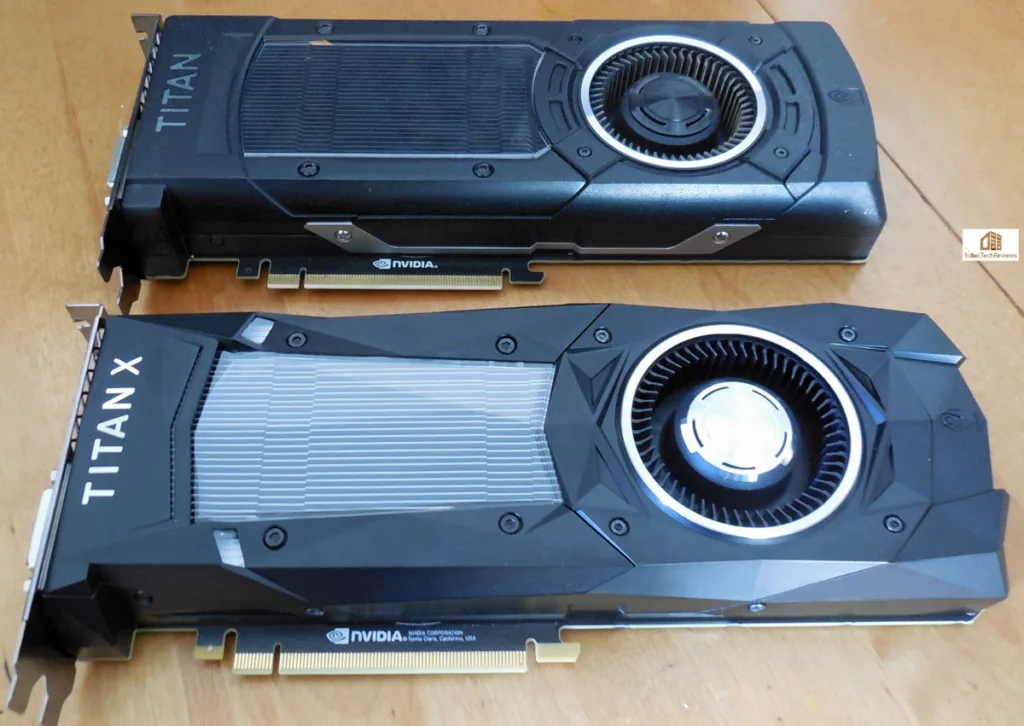
Instead of repeating all of the same information in our GTX 1080 launch review or in last week’s TITAN X introduction, we are going to highlight the differences between the GTX 1080 and the TITAN X. The Titan X is based on GP102 whereas the GTX 1080 is based on GP104. The Titan X has a total of 3584 CUDA cores and it comes equipped with 12GB of GDDR5X whereas the GTX 1080 has 8GB of GDDR5X and 2580 CUDA cores. The TITAN X also features Peak Single Precision performance – 11 TFLOPs FP32 (32-bit floating point) and also has a new instruction set for deep learning inference, 44 TOPS INT8. It features 12GB of memory for scientific applications and also for extreme resolutions in gaming.
However, the TITAN X is still a gaming card, and it supports all of the same new features that Nvidia’s Pascal architecture brings. Pascal delivers high clock speeds while using relatively little power – the GeForce TITAN X runs over 1.5 GHz with a TDP of 250W. Pascal’s 16nm manufacturing process allows the TITAN X to perform faster than Maxwell generation GPUs giving it a huge performance lead over the older TITAN X.
Our testing platform is Windows 10 Home 64-bit, using an Intel Core i7-6700K at 4.00GHz which turbos to 4.4GHz for all cores as set in the ASRock Z7170 motherboard’s BIOS, and 16GB of G.SKILL DDR4 at 3000MHz. The settings and hardware are identical except for the cards being tested. Today, we are featuring all 25 games of our benchmark suite, and we are also including four DX12 games – Ashes of the Singularity, Hitman, Rise of the Tomb Raider, and Total War Warhammer – plus Futuremark’s recently released DX12 benchmark, Time Spy.
Specifications
Here are the specifications for the GTX 1080:
Here are the full specifications for the TITAN X:
How does the TITAN X compare with the GTX 1080?
From the specifications alone, we see that the TITAN X is considerably faster than the GTX 1080. To confirm this and to show how much faster, we are going to look at 25 games to compare the performance of the GTX 1080 with the TITAN X. We are also adding a new feature to BTR’s reviews – percentages of difference between the two video cards. We will explain how we calculate our percentages in the “Test Configuration”.
We are going to concentrate on the two fastest single-GPU cards in the world, the TITAN X and the GTX 1080. AMD’s flagship, the Fury X, is slower than the GTX 1080 and in our ongoing tests, it has failed to win a single benchmark. The TITAN X will be in a class even higher than the GTX 1080 which easily beat AMD’s fastest card. AMD is pinning their hopes on next year’s big chip, Vega.
Let’s check out the test configuration.
Test Configuration – Hardware
- Intel Core i7-6700K (reference 4.0GHz, HyperThreading and Turbo boost is on to 4.4GHz; DX11 CPU graphics).
- ASRock Z7170M OC Formula motherboard (Intel Z7170 chipset, latest BIOS, PCIe 3.0/3.1 specification, CrossFire/SLI 8x+8x)
- G.Skill Ripjaws V 16GB DDR4 (2x8GB, dual channel at 3000MHz)
- GTX 1080 8GB, Founders Edition, stock clocks, supplied by Nvidia
- TITAN X (Pascal), 12GB, stock clocks, supplied by Nvidia
- 2TB Toshiba 7200 rpm HDD
- EVGA 1000G 1000W power supply unit
- Thermaltake Water2.0, supplied by Thermaltake
- Onboard Realtek Audio
- Genius SP-D150 speakers, supplied by Genius
- Thermaltake Overseer RX-I full tower case, supplied by Thermaltake
- ASUS 12X Blu-ray writer
- Monoprice Crystal Pro 4K (3840×2160)
- ACER Predator X34 – 34″ WQHD 2K G-SYNC display (3440×1440), supplied by Nvidia
Test Configuration – Software
- Nvidia’s GeForce 368.98 (TITAN X launch drivers) were used for both Nvidia cards. High Quality, prefer maximum performance, single display.
- VSync and G-SYNC are off in the control panel.
- AA enabled as noted in games; all in-game settings are specified with 16xAF always applied
- All results show average frame rates including minimum frame rates shown in italics on the chart next to the averages in smaller font. Percentage differences are shown in a separate column.
- Highest quality sound (stereo) used in all games.
- Windows 10 64-bit Home edition, all DX11 titles were run under DX11 render paths. DOOM is run under the OpenGL API. Our four DX12 titles are run under the DX12 render path. Latest DirectX
- All games/SW are patched to their latest versions at time of publication.
- MSI’s latest beta version of Afterburner was used to set the Power and Temperature targets to their maximum.
-
The 25 PC Game benchmark suite & 2 synthetic tests
Synthetic
- Firestrike – Extreme & Ultra
- Time Spy DX12
- Crysis 3
- Metro: Last Light Redux (2014)
- Middle Earth: Shadows of Mordor
- Alien Isolation
- Dragon’s Age: Inquisition
- Dying Light
- Grand Theft Auto V
- ProjectCARS
- the Witcher 3
- Batman: Arkham Origins
- Mad Max
- Fallout 4
- Star Wars Battlefront
- Assassin’s Creed Syndicate
- Just Cause 3
- Rainbow Six Siege
- DiRT Rally
- Far Cry Primal
- Tom Clancy’s The Division
- DOOM (*OpenGL)
- Mirror’s Edge Catalyst
DX12 Games
- Ashes of the Singularity
- Hitman
- Rise of the Tomb Raider
- Total War: Warhammer
Nvidia’s Control Panel settings:
We used MSI’s Afterburner to set the TITAN X Power and Temperature targets to their maximum.
Calculating Percentages
There are two methods of calculating percentages. One is the “Percentage Difference” that we are using to compare the GTX 1080 versus the TITAN X, and the other is “Percentage Change” which we shall use mid-week to show the improvements of the Pascal TITAN X over the Maxwell TITAN X.
For the percentage difference we are simply dividing the difference between two numbers by the average of the two numbers. This is usually expressed algebraically where “V” equals value: ( | V1 – V2 | / ((V1 + V2)/2) ) * 100
Let’s check out our Performance Summary chart followed by our conclusion.
Performance summary chart
Here are the summary charts of 25 games and 2 synthetic tests. The highest settings are always chosen and it is usually DX11; DX12 is picked above DX11 where available, and the settings are ultra or maxed. Specific settings are listed on the performance charts. The benches were run at 2560×1440, 3840×1440, and at 3840×2160.
All results, except for FireStrike and Time Spy, show average framerates and higher is always better. Minimum frame rates are shown next to the averages when they are available, but they are in italics and in a slightly smaller font. In-game settings are fully maxed out and they are identically high or ultra across all platforms. The GTX 1080 performance results are in the first column (in white) and the TITAN X results are shown in the second column (in black). The 3rd column shows the percentage differences between the two video cards.
The TITAN X wins every game benchmark by a significant margin of at least 19% at 4K over the world’s second fastest card, the GTX 1080. Generally the difference is at least 20% to 30% and more! The only outliers are at 2560×1440 when the GPU is bottlenecked at that resolution by the CPU with both cards, but especially with the TITAN X. To run at 1920×1080 would be a waste of performance for the TITAN X.
UPDATED 08/09/16. Check out Tech of Tomorrow‘s video using our benchmarks!
Let’s head for our conclusion.
Conclusion
This has been quite an enjoyable exploration for us in evaluating the new Pascal TITAN X. It did extraordinarily well performance-wise comparing it to the GTX 1080 in 25 games, and we look forward to running our benchmark suite again in Part 3 versus the Maxwell TITAN X.
We are totally impressed with this top performing 6-pin plus 8-pin PCIe cabled Pascal TITAN X chip. Priced at $1200, it is certainly expensive but it stands alone as the world’s fastest gaming GPU. On top of that, it is a hybrid card well suited for Single Precision Compute and for scientific applications.
The TITAN X is an ideal card for 4K and it may well be the first video card to be able to handle maxed out settings at that extreme resolution. There are only a couple of games at 4K where settings might have to be dialed back a bit for a fluid gaming experience, and a G-SYNC display is the perfect compliment to the TITAN X.
The Verdict:
- If you want the fastest video card available today, the TITAN X at $1200 is in a class completely by itself, easily topping the performance of the GTX 1080 which was the fastest card until last week at $699. However, you may have to wait awhile as the TITAN X is sold out at Nvidia’s store.
Stay tuned, there is a lot coming from us at BTR. Next, in our continuing TITAN X series, we will test the TITAN X with our full benchmark suite versus the Maxwell Titan X by mid-week, and we will show the percentage of increase over the older card.
Happy Gaming!





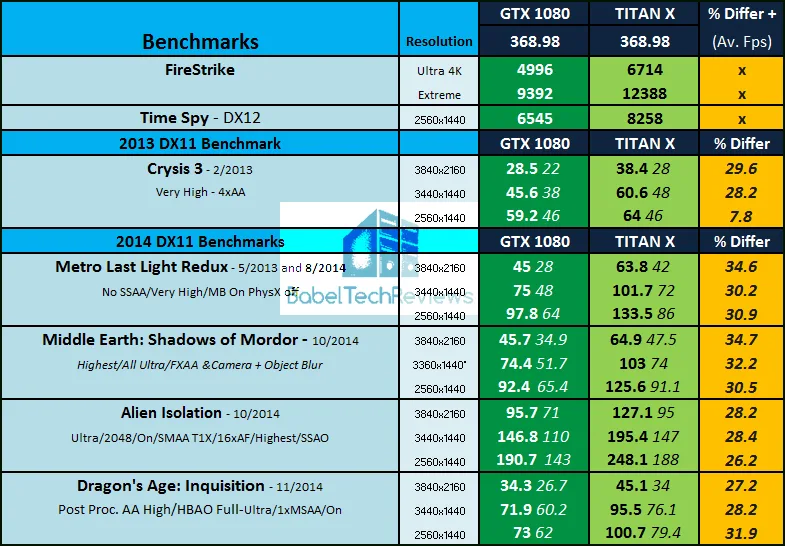
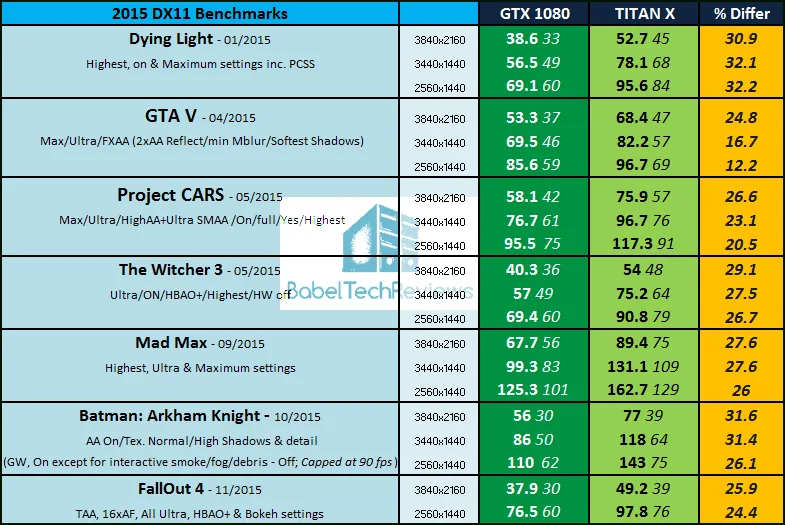
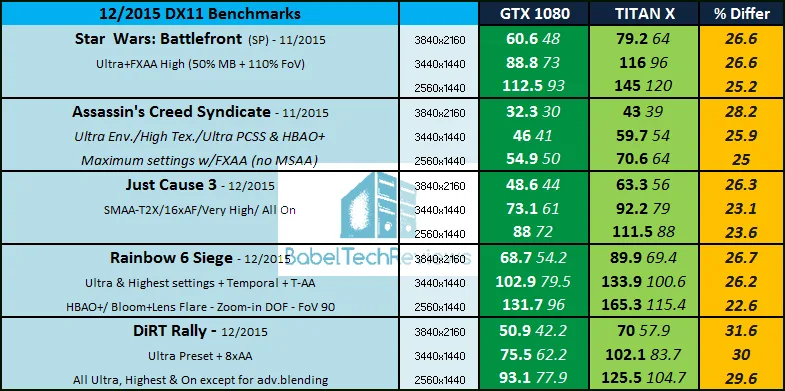
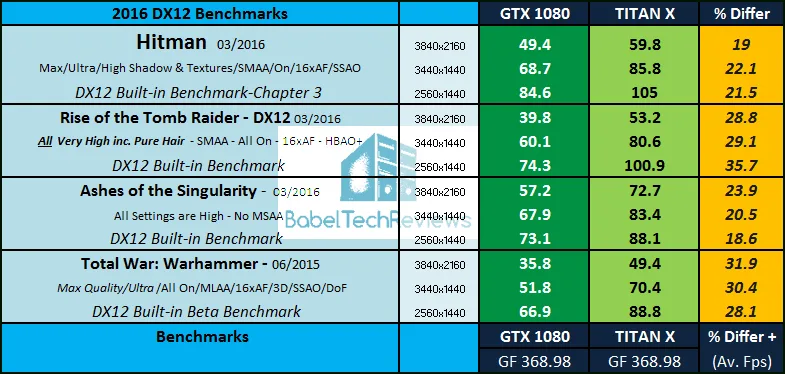
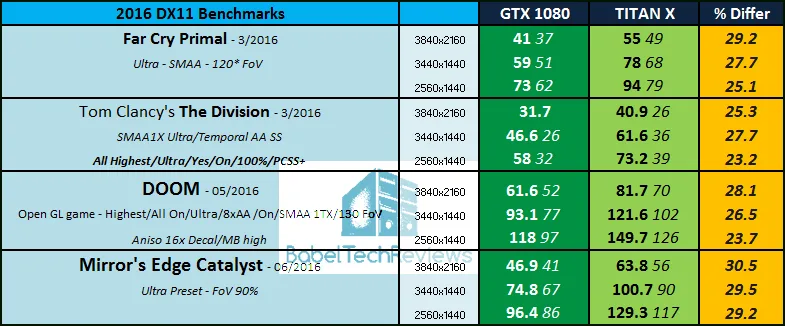
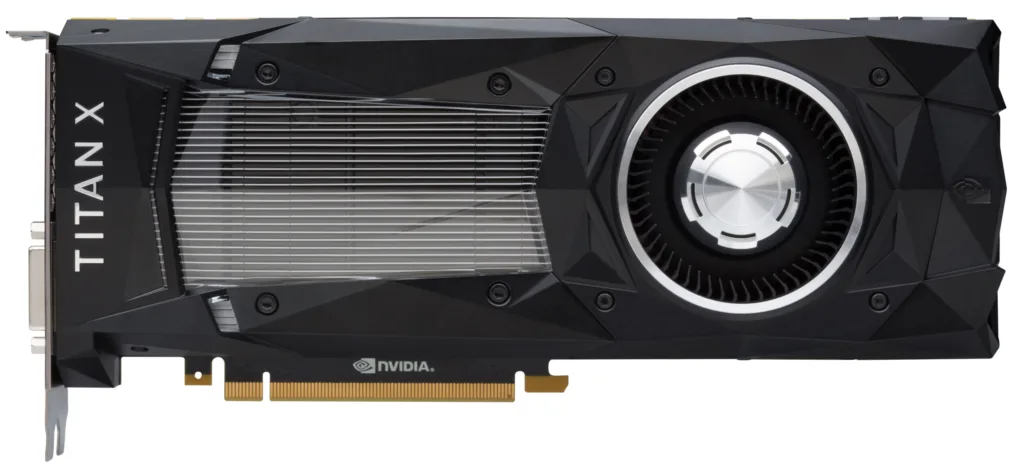
Comments are closed.